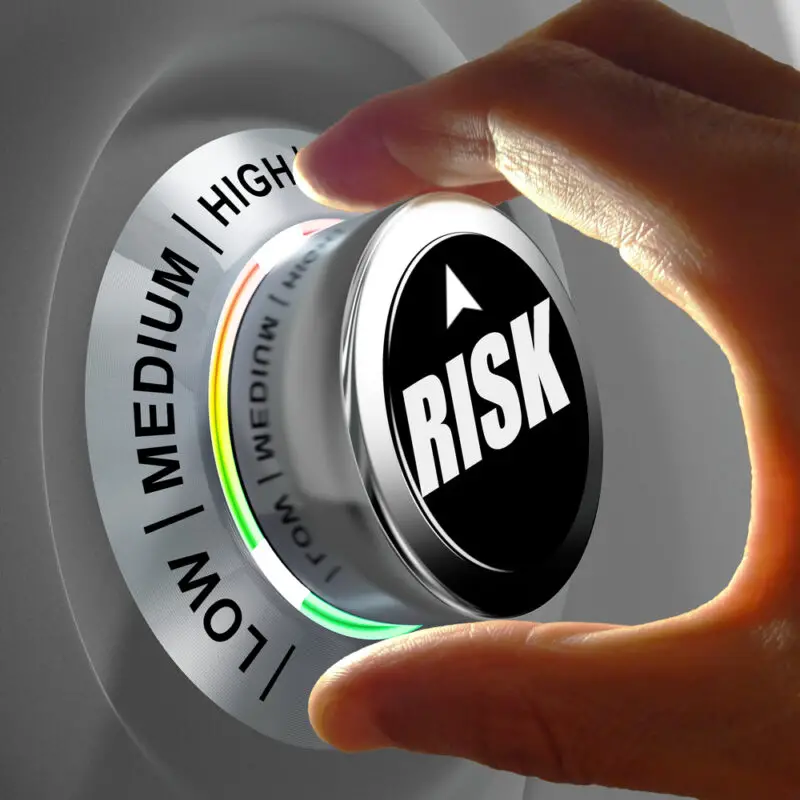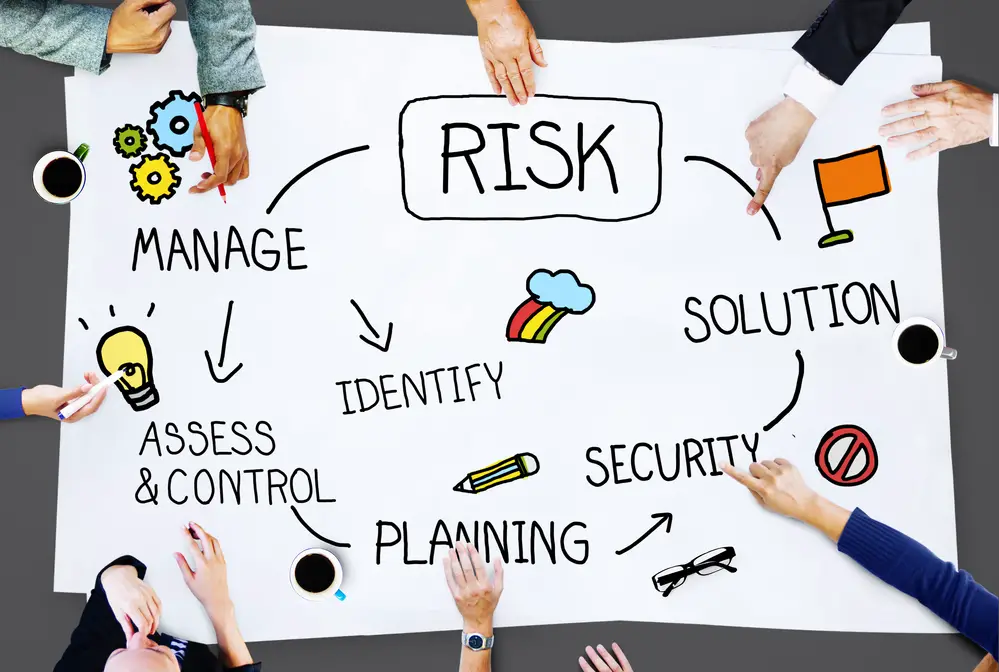As the understanding of third-party risk has grown, more organizations have taken measurable steps to identify and mitigate any possible risks associated with their partnerships. A recent survey suggests that nearly three-quarters (72%) of businesses identify and measure third-party key risk indicators (KRIs).
This ensures companies can better understand and reduce potential operational, compliance, and security risks involved in engaging with suppliers, vendors, or other business partner relationships.
Additionally, two-thirds (64%) of organizations are now regularly observing these KRIs to gain further insights into how they can improve risk management processes. Thus, these findings herald a shift towards a better understanding of past, present, and future risks associated with third-party supplier relationships.
Organizations increasingly rely on third-party relationships to provide products and services vital to their operations. As a result, managing third-party risk has become a top priority for many organizations. Third-party risk management key risk indicators (KRI) provide an effective tool for organizations to monitor and manage the risks associated with these relationships.
Although, most companies have never used third-party applications. The vast majority of these companies have a robust third-party management strategy. And the same goes for risk assessment. TPRM metrics in all business units analyze how well a business strategy works.
In addition, a proper measurement can help the company know whether a third party is creating risk or, when they are, the cybersecurity team can mitigate these potential issues. But the challenge is choosing metrics relevant to the security team and metrics the boards understand (and probably not security audiences).
This article will discuss KRIs and their importance in managing third-party risk.
What Is Third Party Risk Management?
Third-party risk management (TPRM) is an umbrella term that describes identifying, assessing, and mitigating risks associated with third-party relationships. It involves proactive measures (understanding the potential risks before they arise) and reactive measures (responding quickly when a risk becomes apparent).
A vendor risk management program helps organizations understand their exposure to potential threats so they can make informed decisions about how to manage them.
Third-party risk management is a challenge to quantify. Many ecosystem-building third parties, constantly changing supplier relationships, and scale-dependent issues make it difficult for managers.
Importance of third-party risk management
Risk reporting can be difficult as these reports should provide value and relevance to the security staff and the board. Large third-party networks, fast-changing situations, and limited resources can challenge team responsibilities within a corporation.
In addition, metrics are useful if evaluating how effectively organizations handle third parties‘ risks. Third parties can be classified as risk indicators by identifying key performance or risk indicators.
Key Risk Indicators
KRIs are metrics used by organizations to track the potential risks associated with a given activity or process. They can be financial or non-financial and can measure anything from operational performance to compliance issues.
The main purpose of KRIs is to identify potential risks before they occur, allowing the organization to take proactive steps to mitigate them if necessary. They are called early warning signals.
The key risk indicators (KRIs) for a particular third-party relationship can vary depending on the type of relationship and the industry it takes place. There are four primary types of KRIs that organizations should consider when assessing a new vendor or partner: financial, operational, legal/regulatory, and reputational/brand.
Each category has specific sub-indicators that should be considered when evaluating a third-party relationship. From vendor risk assessments carried out by risk teams, third-party risk metrics can be derived for high-risk vendors.
Financial
This category includes financial health indicators such as solvency ratios, liquidity ratios, debt-to-equity ratios, gross margin percentages, operating profit margins, etc. These metrics tell you whether or not a company is in good financial shape and whether or not it can meet its obligations without defaulting on payments or going bankrupt.
Operational
This category includes operational efficiency indicators such as order processing time frames and service level agreements (SLAs). These metrics provide insight into how well a company is run internally and indicate whether they have sufficient resources to handle your business needs.
Due diligence on supply chain third-party ecosystems in a timely manner with the right metrics will save the company from supply chain disruption risks.
Legal/Regulatory
This category includes compliance indicators such as adherence to data privacy laws or government regulations related to its industry. These risk exposure metrics tell you whether a company complies with applicable laws and regulations in its jurisdiction(s).
Reputational/Brand
This category includes reputation indicators such as customer feedback ratings or press coverage about its products or services. These metrics give you an idea of how customers perceive the company’s offerings and if there have been any issues reported in the media about them recently.
This is a strategic risk for board members, and they need the right tools to determine access to reporting on third-party risk management programs.
Why Are KRI Important for Third-Party Relationships?
Third-party relationships present unique challenges due to the inherent lack of control over the partner’s operations and activities. Because of this, it is especially important for organizations to have an effective system to monitor key performance indicators KPIs, identify potential risks, and report on them.
KRIs provide an effective way for organizations to do just that: by measuring specific aspects of their partner’s performance, such as financial stability or compliance with regulations, they can identify areas where there may be potential problems before they occur.
How Can Organizations Utilize KRI?
Once an organization has identified the key risks associated with its third-party relationships, it should develop measures—or KRIs—to monitor those risks on an ongoing basis. These KRIs should be tailored specifically to each partner based on their operations and activities and any applicable laws or regulations governing those activities.
The organization should also establish thresholds against which it can measure each KRI; when a KRI reaches or exceeds its threshold, it indicates a possible problem that needs further investigation or action by the organization’s management team.
This allows them to quickly identify any areas where there may be problems and take corrective action before it becomes too late. Important metrics need a consolidated set that is essential to evaluate, decide and know the whether there is meaningful progress.

Conclusion
Properly implemented KRIs can be critical in helping organizations manage third-party risks effectively and proactively by providing valuable insight into their partners’ activities and performance over time.
Through KRIs, organizations can quickly identify areas where there may be potential problems before they become major issues down the line, saving themselves significant amounts of time and money. Ultimately, this leads to better decision-making within an organization and improved outcomes, thanks to more effective risk management processes throughout all levels of the business.

Chris Ekai is a Risk Management expert with over 10 years of experience in the field. He has a Master’s(MSc) degree in Risk Management from University of Portsmouth and is a CPA and Finance professional. He currently works as a Content Manager at Risk Publishing, writing about Enterprise Risk Management, Business Continuity Management and Project Management.


